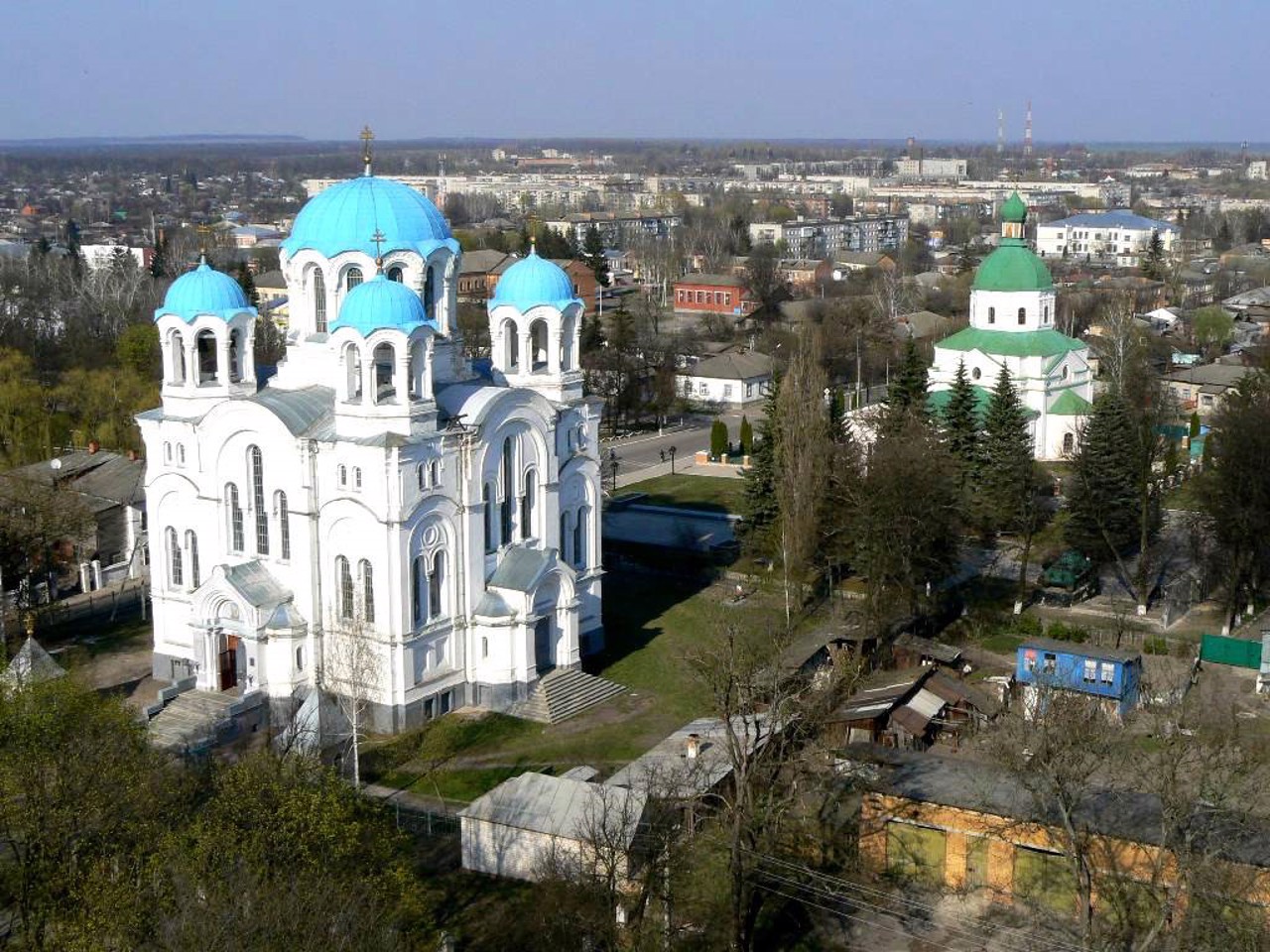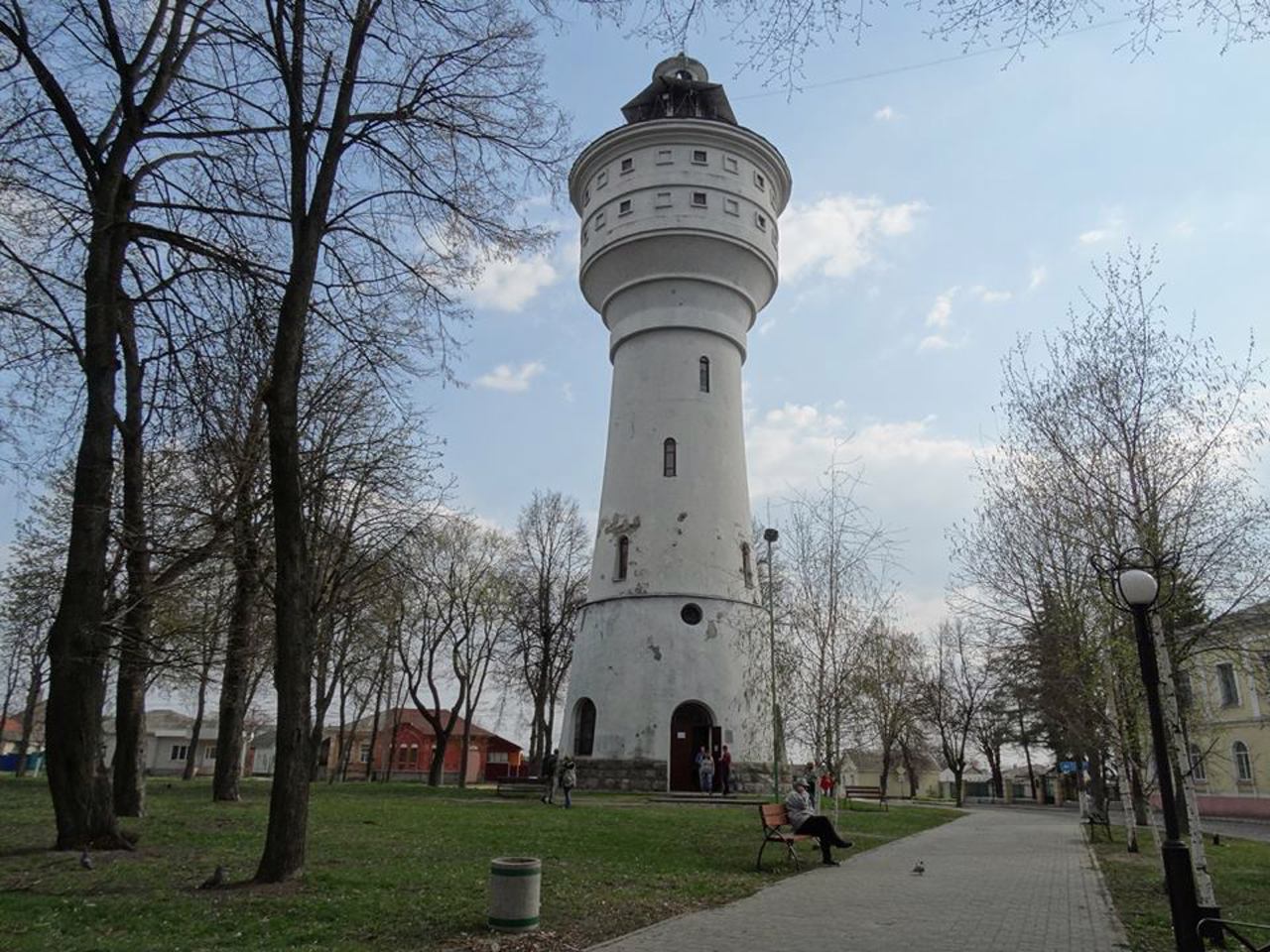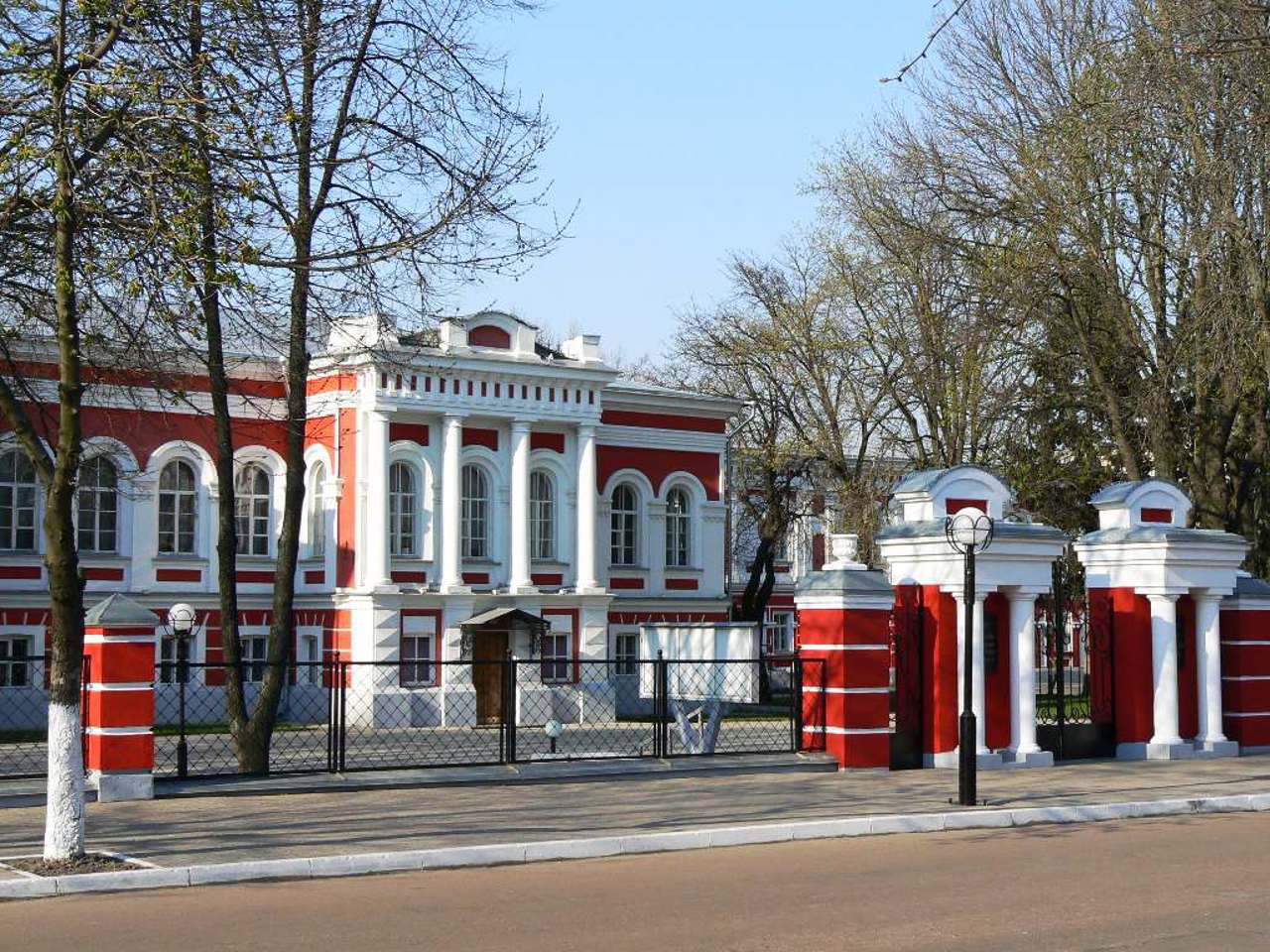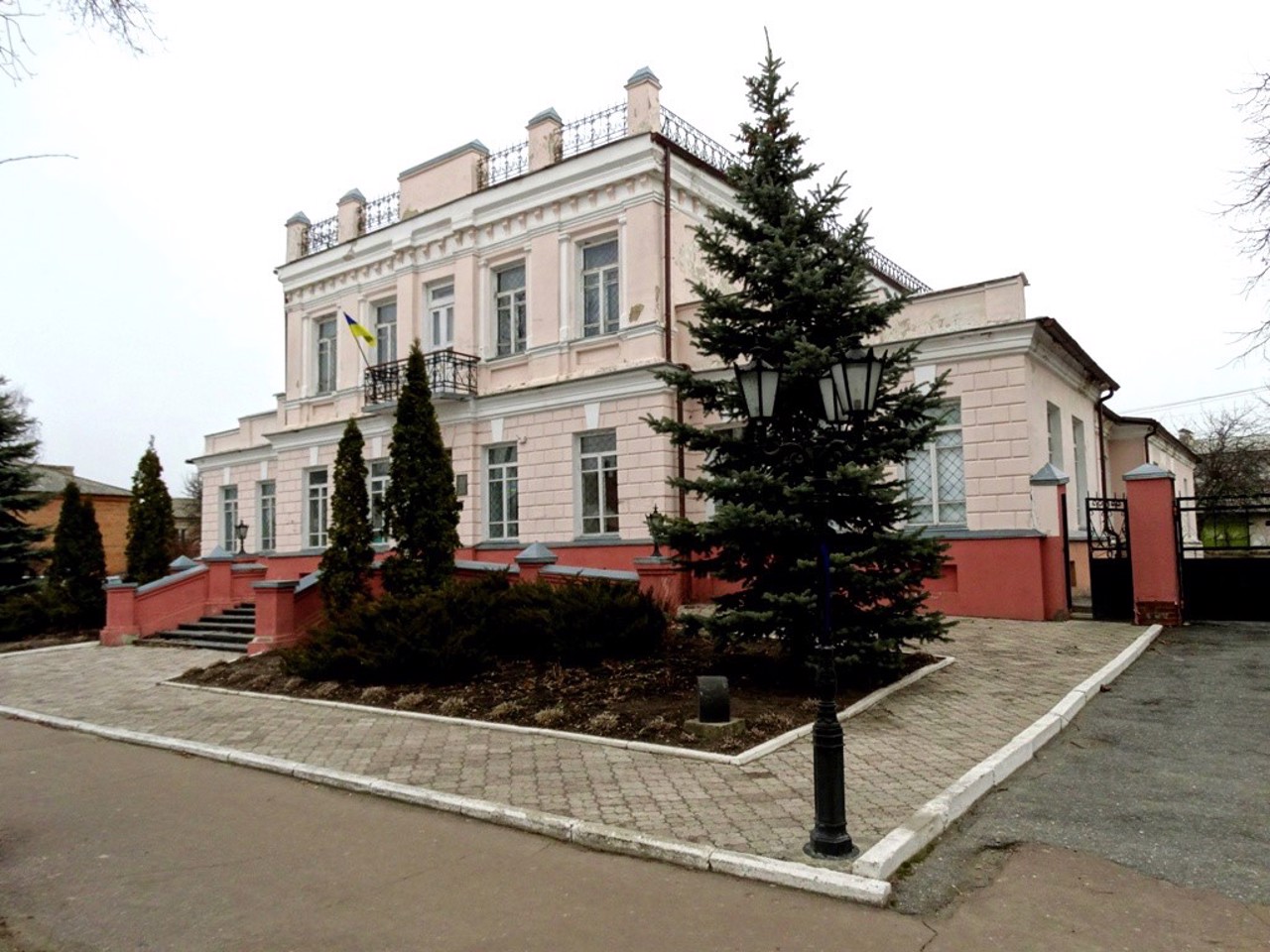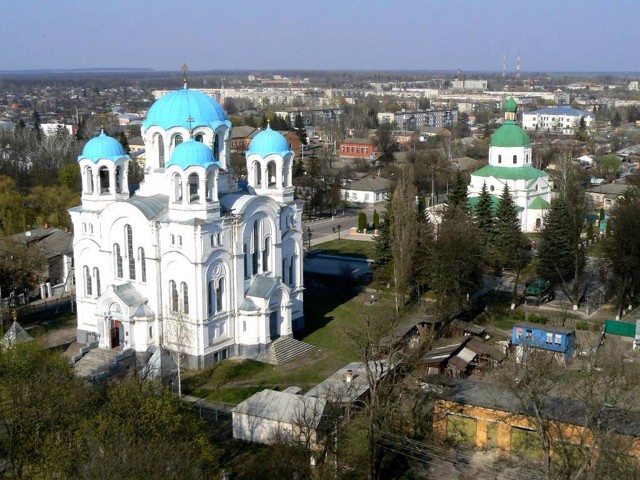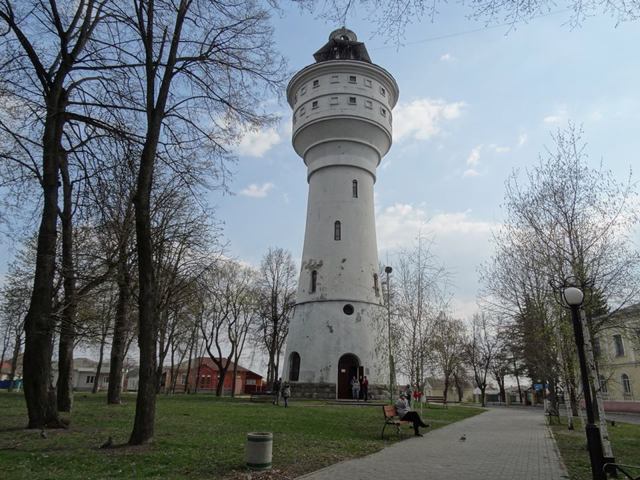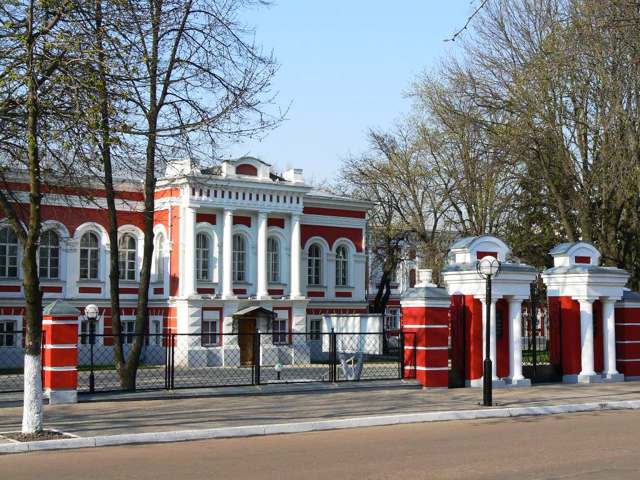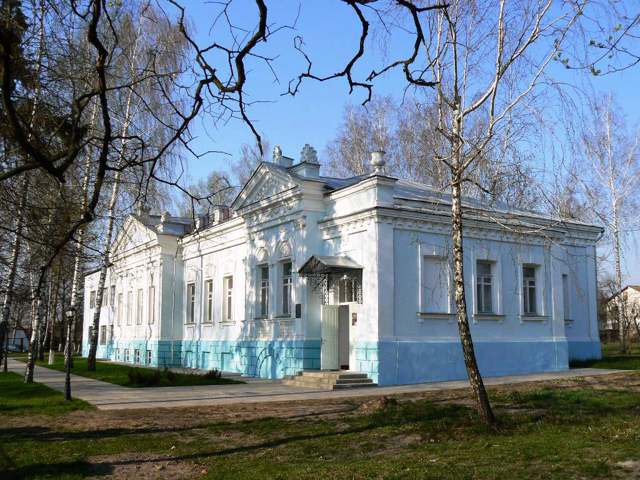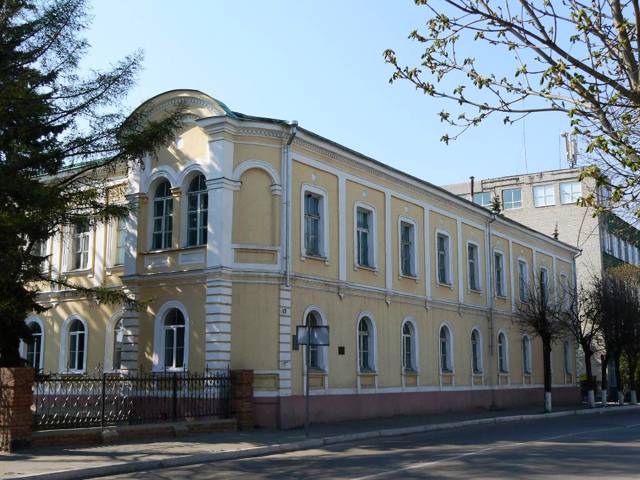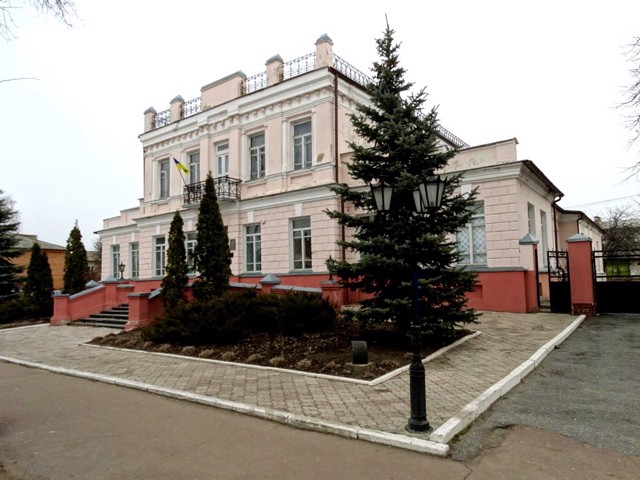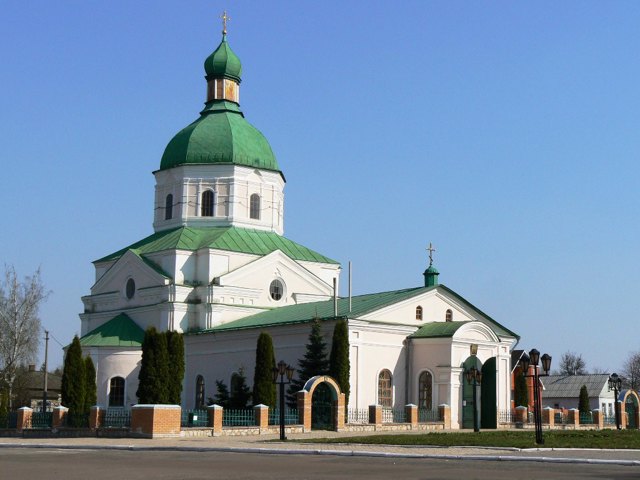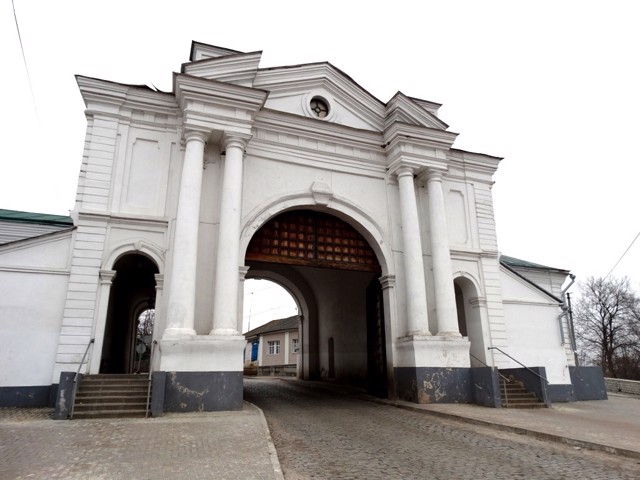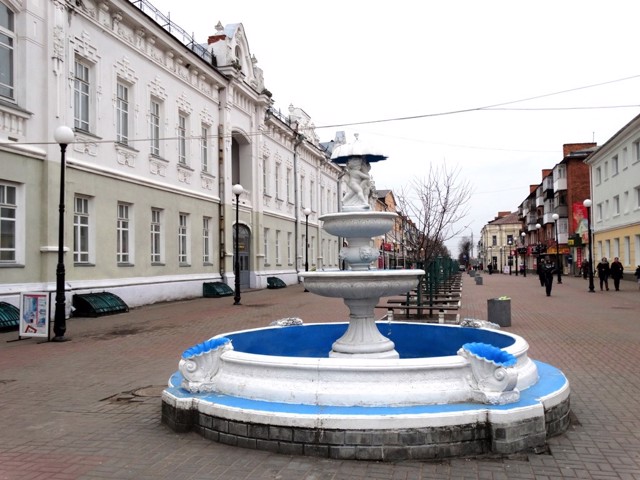Functional temporarily unavailable
General information about Hlukhiv
Hlukhiv is one of the oldest cities in Ukraine, a transit point on the way from Kyiv to Moscow.
It arose in the 10th century, was first mentioned in 998, and was the center of a separate principality. Stone buildings from the time of Kyivan Rus have not been preserved.
The city was part of the Golden Horde, Lithuania, the Polish-Lithuanian Commonwealth, and took part in the national liberation struggle. After the ruin of Baturin in 1708, Hlukhiv became the capital of Hetman's Left Bank Ukraine. In the Sant Nicolas Church (1693), Danylo Apostol and Kyrylo Rozumovskyi were blessed for the hetmanship, Cossack councils were held on the square. During the 18th century, regular construction was carried out, powerful fortifications were erected (the Kyiv Gate (1766-1769), the r ...
Hlukhiv is one of the oldest cities in Ukraine, a transit point on the way from Kyiv to Moscow.
It arose in the 10th century, was first mentioned in 998, and was the center of a separate principality. Stone buildings from the time of Kyivan Rus have not been preserved.
The city was part of the Golden Horde, Lithuania, the Polish-Lithuanian Commonwealth, and took part in the national liberation struggle. After the ruin of Baturin in 1708, Hlukhiv became the capital of Hetman's Left Bank Ukraine. In the Sant Nicolas Church (1693), Danylo Apostol and Kyrylo Rozumovskyi were blessed for the hetmanship, Cossack councils were held on the square. During the 18th century, regular construction was carried out, powerful fortifications were erected (the Kyiv Gate (1766-1769), the remains of the fortress ramparts have been preserved).
Industrialists and patrons of Tereshchenko made a significant contribution to the development of the city.
Now the central part of the city is reconstructed, you can see several churches, many buildings of the 19th century, monuments to the famous people of Hlukhiv, Dmytro Bortnyanskyi and Maksym Berezovskyi.
Глухів - одне з найдавніших міст України, перевалочний пункт на шляху з Києва до Москви.
Виникло в X столітті, вперше згадується в 998 році, було центром удільного князівства. Кам'яні споруди часів Київської Русі не збереглися.
Місто входило до складу Золотої Орди, Литви, Речі-Посполитої, Польщі, брало участь в національно-визвольній боротьбі. Після розорення Батурина в 1708 році Глухів став столицею гетьманської Лівобережної України. В Миколаївській церкві (1693 рік) благословили на гетьманство Данила Апостола та Кирила Розумовського, на площі проходили козацькі ради. Протягом XVIII століття здійснювалося регулярне будівництво, були зведені могутні укріплення (збереглася Київська брама (1766-1769 роки), залишки валів фортеці).
Значний внесок у розвиток міста внесл ...
Глухів - одне з найдавніших міст України, перевалочний пункт на шляху з Києва до Москви.
Виникло в X столітті, вперше згадується в 998 році, було центром удільного князівства. Кам'яні споруди часів Київської Русі не збереглися.
Місто входило до складу Золотої Орди, Литви, Речі-Посполитої, Польщі, брало участь в національно-визвольній боротьбі. Після розорення Батурина в 1708 році Глухів став столицею гетьманської Лівобережної України. В Миколаївській церкві (1693 рік) благословили на гетьманство Данила Апостола та Кирила Розумовського, на площі проходили козацькі ради. Протягом XVIII століття здійснювалося регулярне будівництво, були зведені могутні укріплення (збереглася Київська брама (1766-1769 роки), залишки валів фортеці).
Значний внесок у розвиток міста внесли промисловці та меценати Терещенки.
Зараз центральна частина міста реконструйована, можна оглянути кілька храмів, безліч будівель XIX століття, пам'ятники знаменитим глуховчанам Дмитру Бортнянському та Максиму Березовському.
Сплануй своє перебування у Hlukhiv
What to see and where to go in Hlukhiv
Tourist attractions and museums of Hlukhiv
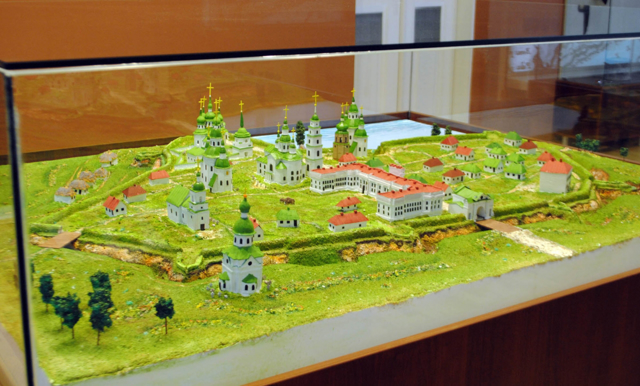
Archaeological Museum
Palace / manor , Architecture , Museum / gallery
The Archaeological Museum of the National Reserve "Hlukhiv" was opened in 2008 in the restored manor house of the Kochubeys.
The exposition presents ceramics, work tools, dishes, fragments of clothing, samples of building materials found in Hlukhiv and its surroundings.
The Hall of Ancient History covers the archaeological heritage of the city from the Paleolithic to the 1st millennium AD.
The Hall of the Ancient Rus Era presents the history of Hlukhiv in the 10th-13th centuries and the period of the Grand Duchy of Lithuania in the 14th-15th centuries.
The Hall of the Late Middle Ages is dedicated to Hlukhiv in the 18th century, when it had the status of the capital of the Hetmanate.
Temporary exhibitions are also held in the archaeological museum. The administration of the National Reserve "Hlukhiv" is also located here. Employees organize tours of the city.
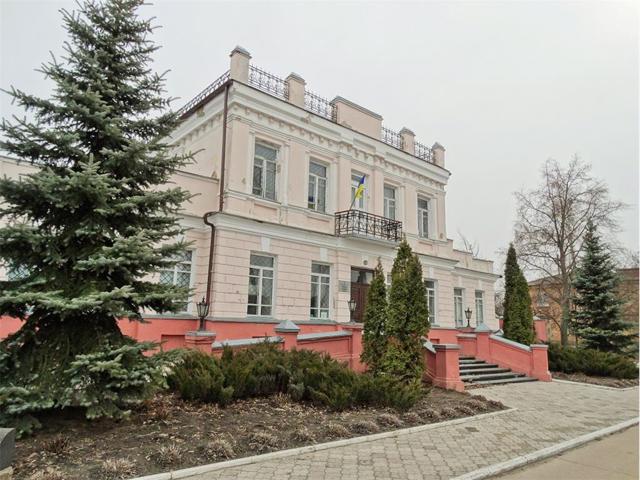
Hlukhiv Local Lore Museum
Museum / gallery
The Hlukhiv City Local Lore Museum is located in the two-story building of the Noble Assembly (1811), designed in the style of provincial classicism.
The museum was founded in 1902 as the Hlukhiv Museum of Ukrainian Antiquities. The basis of the exposition was the private collection of Mykola Shuhurov from Hlukhiv.
The exposition highlights the history of the city from the earliest times to the second half of the 20th century. Placed in five halls: nature hall, "Medieval Hlukhiv", Hetman's hall, "History of Hlukhiv XIX century", "Hlukhiv during the Second World War".
The Hlukhiv flag of 1878, the Gospel of 1766, products of the Volokytyn porcelain factory, and others are presented.
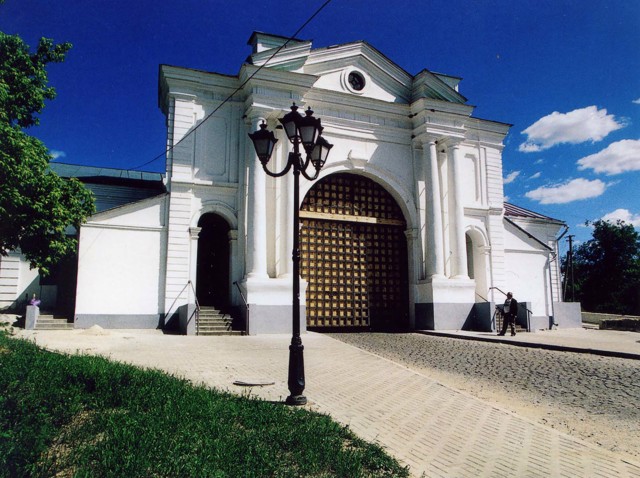
Kyiv Gate of Hlukhiv City Fortifications
Castle / fortress , Architecture , Museum / gallery
The Kyiv gate of the Hlukhiv city fortifications is the only building of the Hlukhiv fortress that has survived, one of the four former entrances to the territory of the old city.
The earthen fortress was founded in 1635 on the site of an ancient Rus settlement by Oleksandr Pisochynskyi, the headman of Novhorod-Siverskyi.
Significantly expanded in 1685. When Hlukhiv became the hetman's residence, the fortress was reconstructed, and in 1766-1769, the Kyiv and Moscow entrance gates were built of stone. However, already at the beginning of the 19th century, according to the city redevelopment project, the fortress was liquidated, the Moscow Gate was dismantled. Apart from the Kyiv Gate, only fragments of the defensive line along Valova Street have survived.
An exposition dedicated to Hlukhiv during the German occupation of 1941-1943 has been opened in the Cardiguardia building (contact the administration of the "Hlukhiv" reserve).
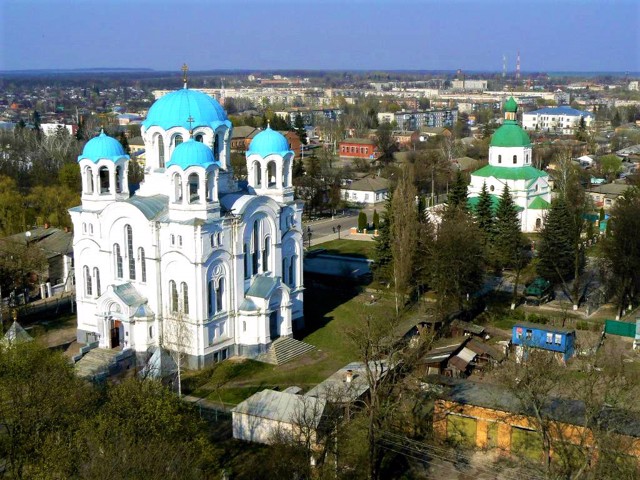
Three Holy Anastasies Cathedral
Temple , Architecture
The ancient Church of the Three Holy Anastasies in Hlukhiv was founded in the 18th century by Hetman Ivan Skoropadskyi as a house church near the Hetman's estate.
Named after his wife Anastasiya. It was revived in 1884-1893 at the expense of the Tereshchenko family of sugar growers, becoming their ancestral tomb. Its forms resemble the Saint Volodymyr Cathedral in Kyiv, which was also built with the participation of the Tereshchenko family.
The project in the neo-Byzantine style was developed by architect Andriy Hun. Famous artists Svedomski, Pymonenko, Vereshchahin, Zhuravlyov, who also designed the Sain Volodymyr Cathedral, created masterpiece paintings based on sketches by Viktor Vasnetsov. A luxurious white marble iconostasis has been preserved.
In 2003, after a visit to the city by one of the descendants of the Tereshchenko family, a family crypt was discovered in the basement of the Three-Anastasies Cathedral. The founder of the family Artemiy Tereshchenko, his wife Yevfrosyniya, their sons Fedir and Mykola are buried here.
Today it is the cathedral church of the Konotop and Hlukhiv Diocese of the UOC of the Moscow Patriarchate.
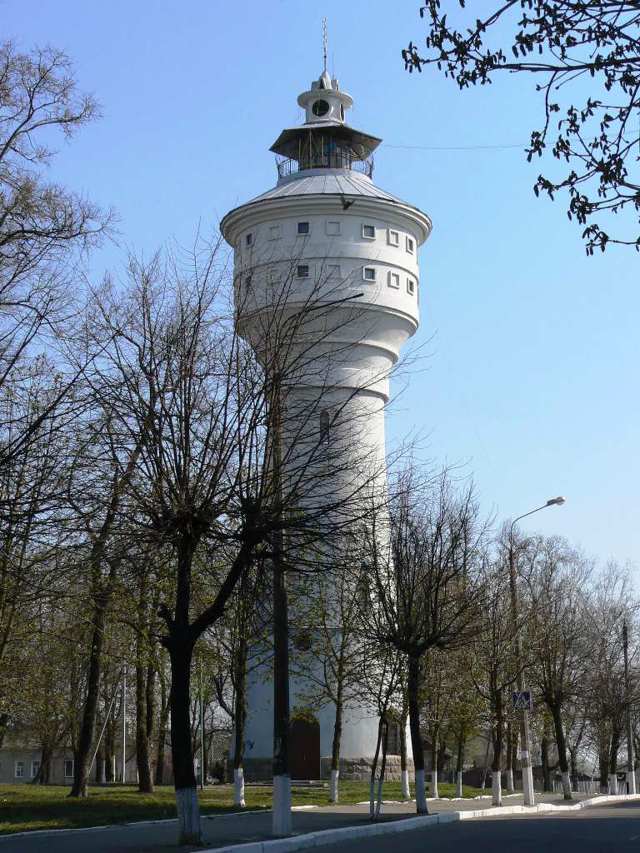
Water Tower
Architecture , Museum / gallery
The forty-meter water tower is a business card of Hlukhiv. It can be seen for many kilometers from the city, is an expressive element of its architectural silhouette.
The water tower was built in 1927 on the site of the Putivl Gate of the Hlukhiv Fortress after a decision was made to create a city water supply. Unique in architecture - the round cone-shaped trunk in the upper part gently transitions into an extended two-tiered cylinder with rectangular windows.
An internal spiral staircase of 186 steps leads to the upper level with an observation deck that offers a magnificent view of the city and its picturesque surroundings. Access to the observation deck is open in summer.
Reviews Hlukhiv
Geographical information about Hlukhiv
| {{itemKey}} | {{itemValue}} |
|---|---|
| Region |
Sumy |
